E-Learning platform: Maestro LMS
EULA is an e-learning platform built with Strapi, NextJS, Typescript and other technologies.
Outline
- The idea
- Platform features
- The stack
- The API
- The frontend
- Conclusion
- Landing Page
The idea
This project doesn’t necessarily bring a huge amount of innovation on the e-learning platforms that already exists, but it’s just another way of doing this type of application.
The main idea is to apply a JAMstack approach in this application, where the platform is a static website, and the backend is just an API that serves static content only once to build the website and just adds the dynamism that’s necessary to allow users to authenticate, create orders, confirm payments and take courses.
If we compare this approach to a WordPress website, we are taking out most of the overhead that implies rendering the pages everytime a user visits them. Despite that there are plugins for caching that may improve the performance, it’s still never going to be faster and more efficient that just static content served by a CDN. That’s why NextJS and Headless CMSs are so popular right now.
Platform features and user stories
The following user stories illustrates the desired features the platform should have.
As an administrator, I want to:
- login in the admin panel.
- create categories.
- create courses.
- upload lectures.
- organise courses into categories.
- assign lectures to courses.
As a student, I want to:
- login in the platform.
- view the available courses.
- add courses to the shopping cart.
- review the shopping cart.
- create an order.
- pay with credit card or paypal.
- view the courses i’ve purchased in my learning page.
- go to the course page from my learning page and watch the videos.
- mark lectures as seen.
- come back later and resume where I left.
The requirements
The backend requires to handle user authentication, permissions, different data structures as content types and define relationships between them. It also requires to allow uploading videos to some third party platform that supports streaming on demand.
The frontend is a web platform where users can register and login, view and buy courses, leave comments and reviews and take courses.
The API
Since all of the features involve authentication, permissions and roles, and because there is no need to reinvent the wheel, I chose to use Strapi to build the backend for it’s simplicity, ease of use and great developer experience, whereas for streaming videos on demand, I chose to use Mux.com.
The instance of Strapi and the Postgres database it requires was deployed in the cloud hosting platform https://fly.io.
Strapi is good for managing users, content that’s typically updated and fetched via CRUD API, and setting up relations between content types.
The platform needs the following content types:
- Category to group courses
- Course
- Lecture
- Module to group lectures
- Order
- Student: has many courses
- Student-Course: stores a student’s current lecture of a course
- Video
Strapi makes the creation of these content types and setting up relationships between them really straightforward.
Below are some screenshots of these content types and the relationships between them:
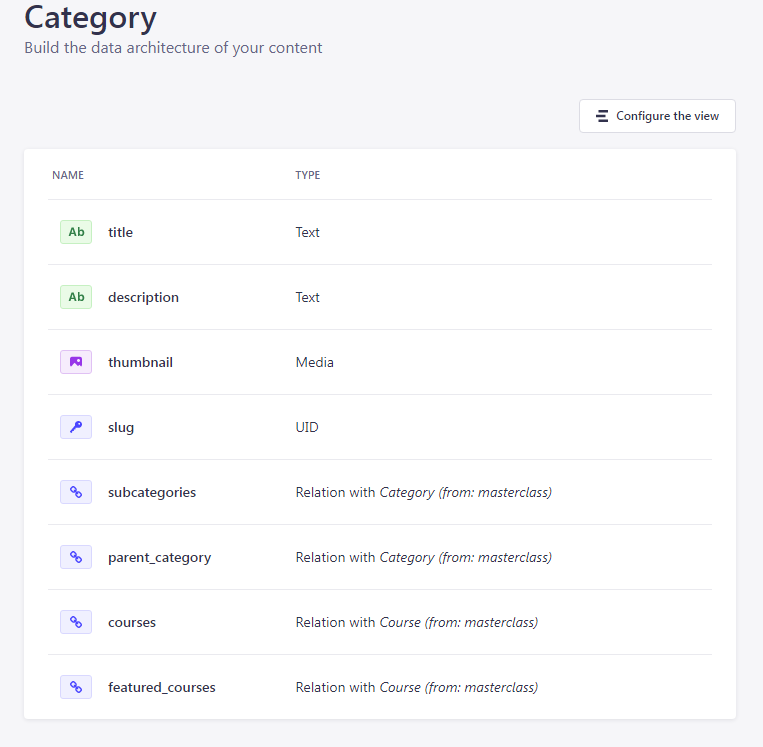

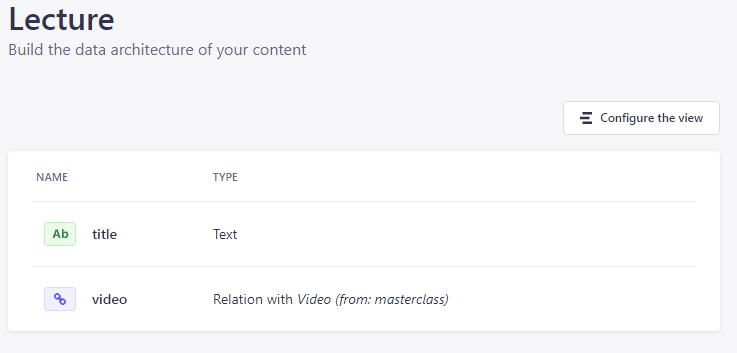
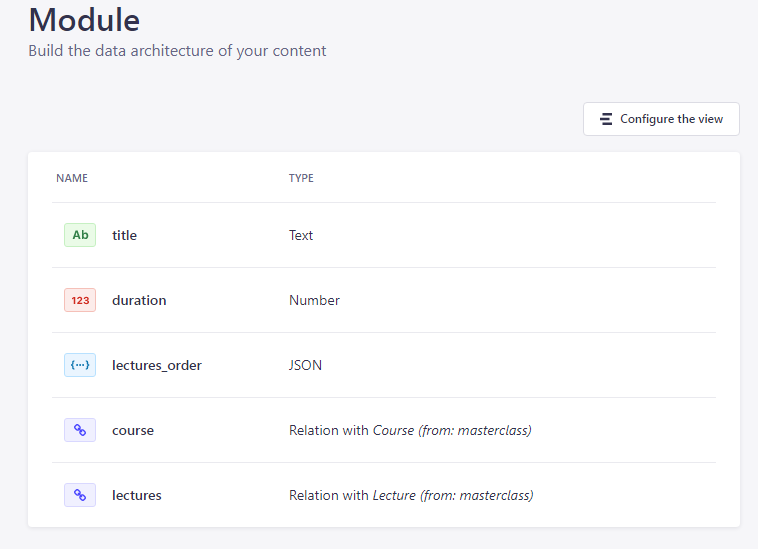

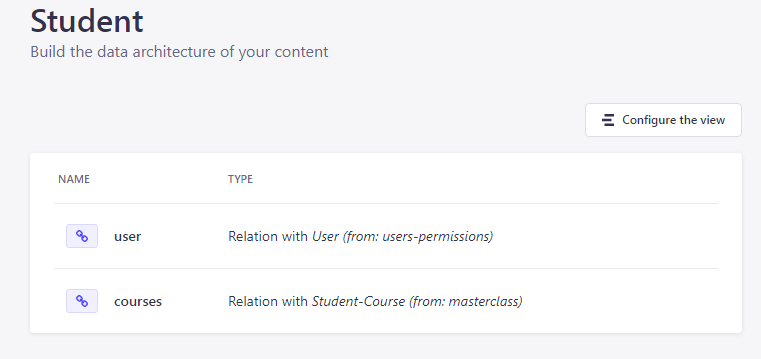
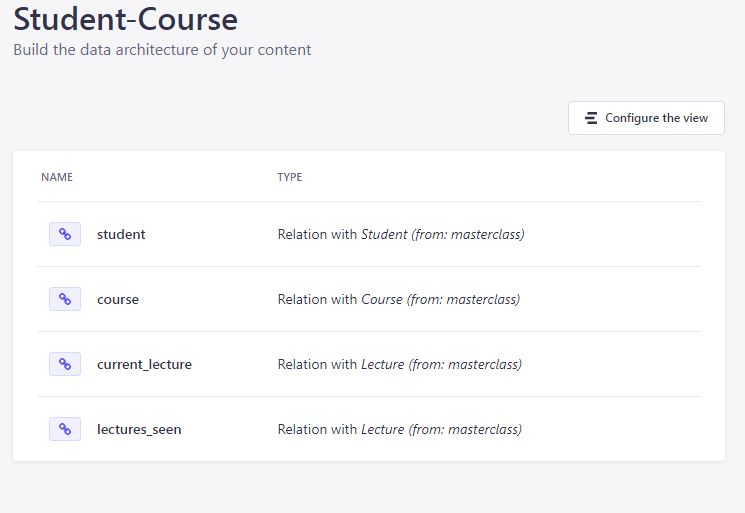

The frontend
The platform where users are able to login, view, buy and take courses is a single page web application built in React with NextJS. Among the features of this application are:
- State managed by Context API
- Interface styled with Bootstrap
- Play streaming videos with hls.js library
- Use of localStorage to save user session
Below are some sample screenshots of how this app looks like
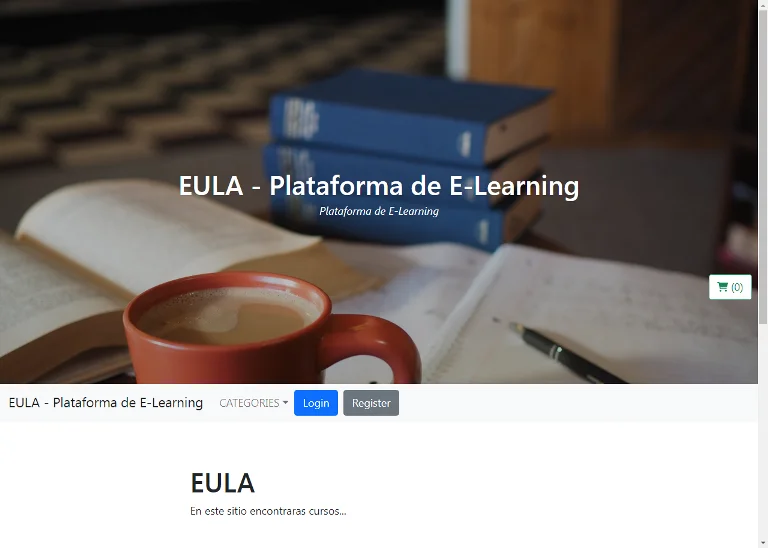
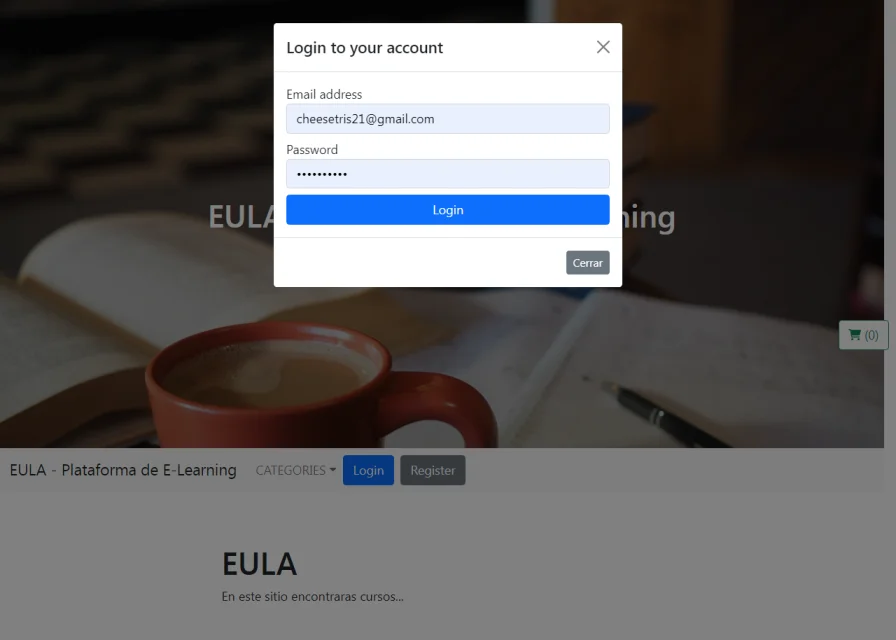
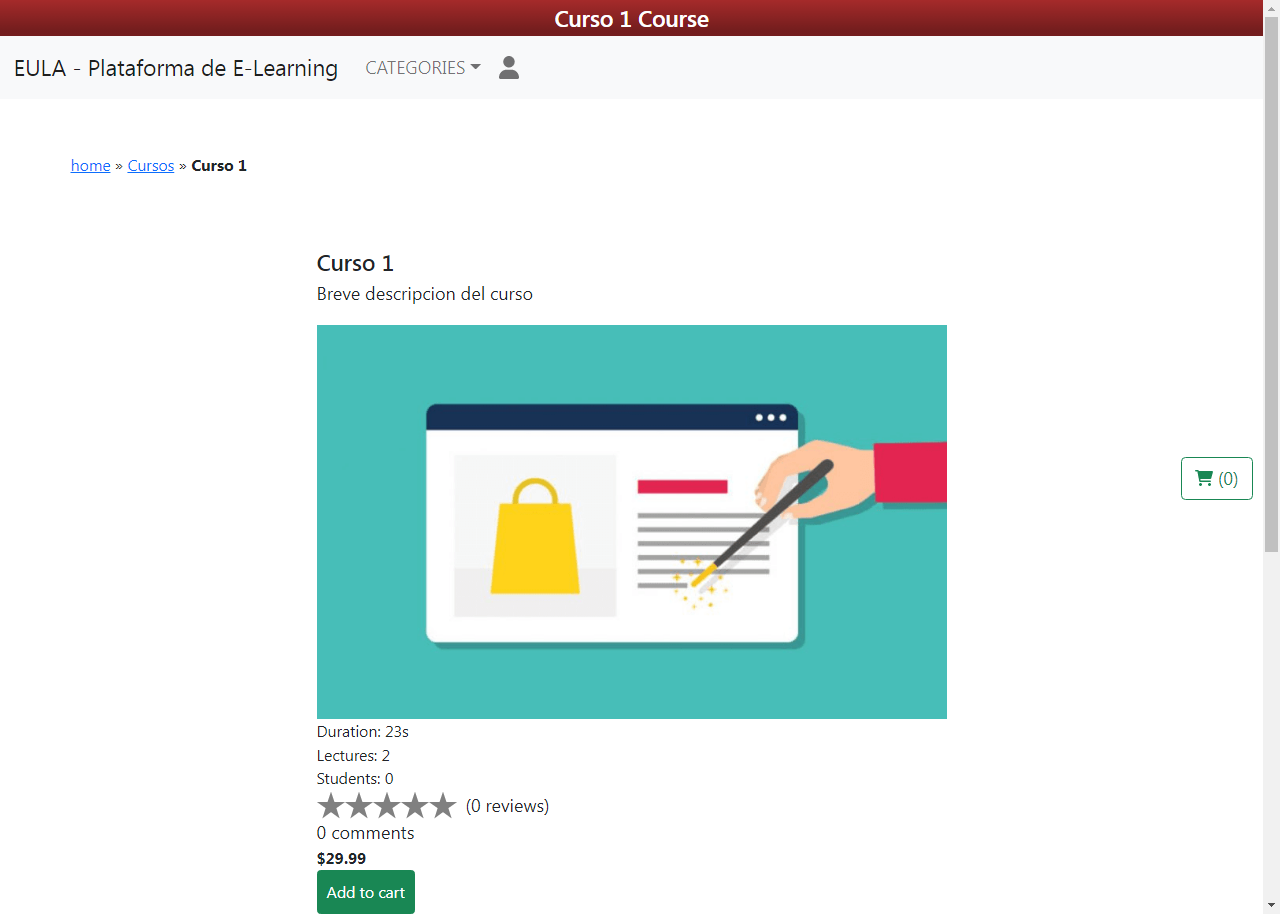
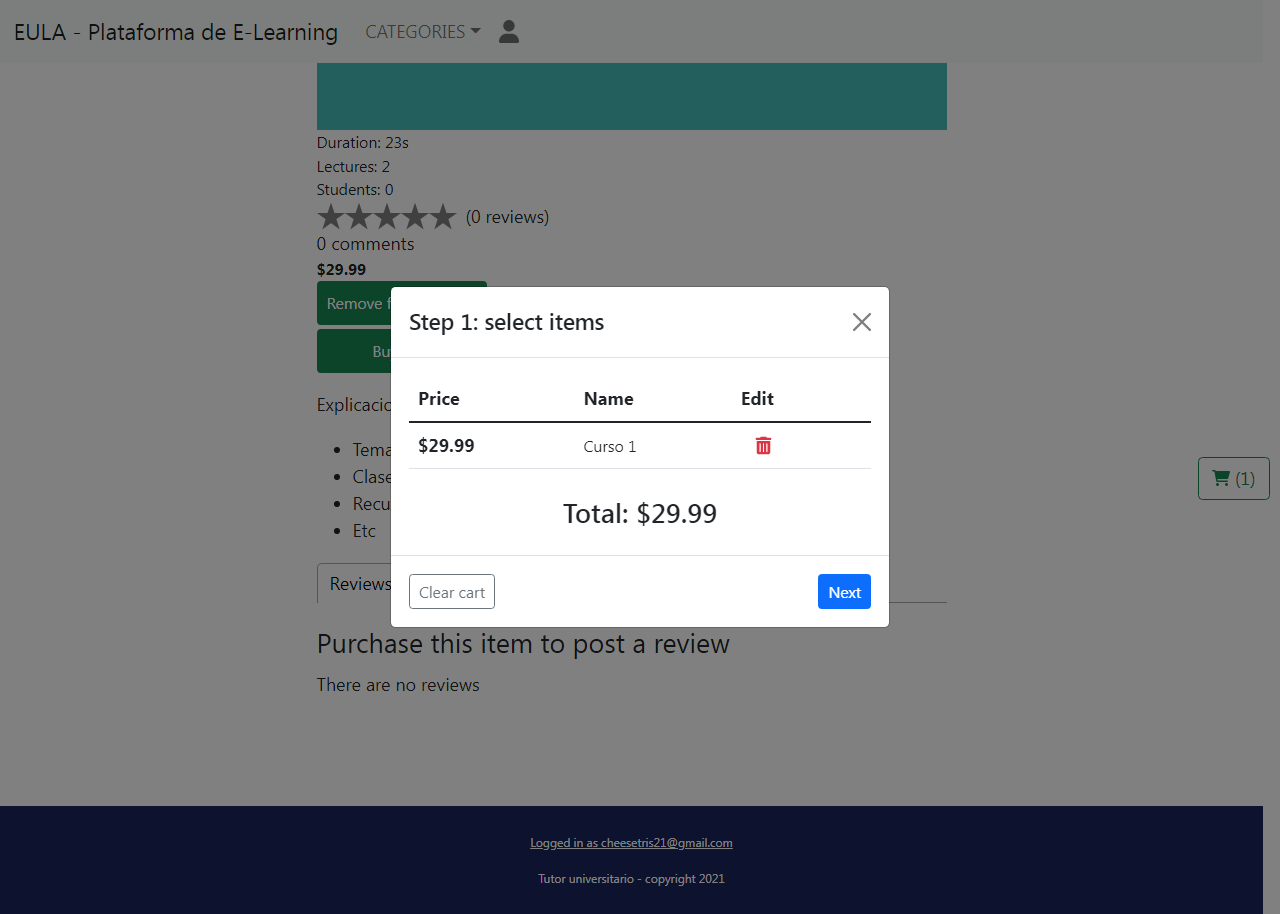
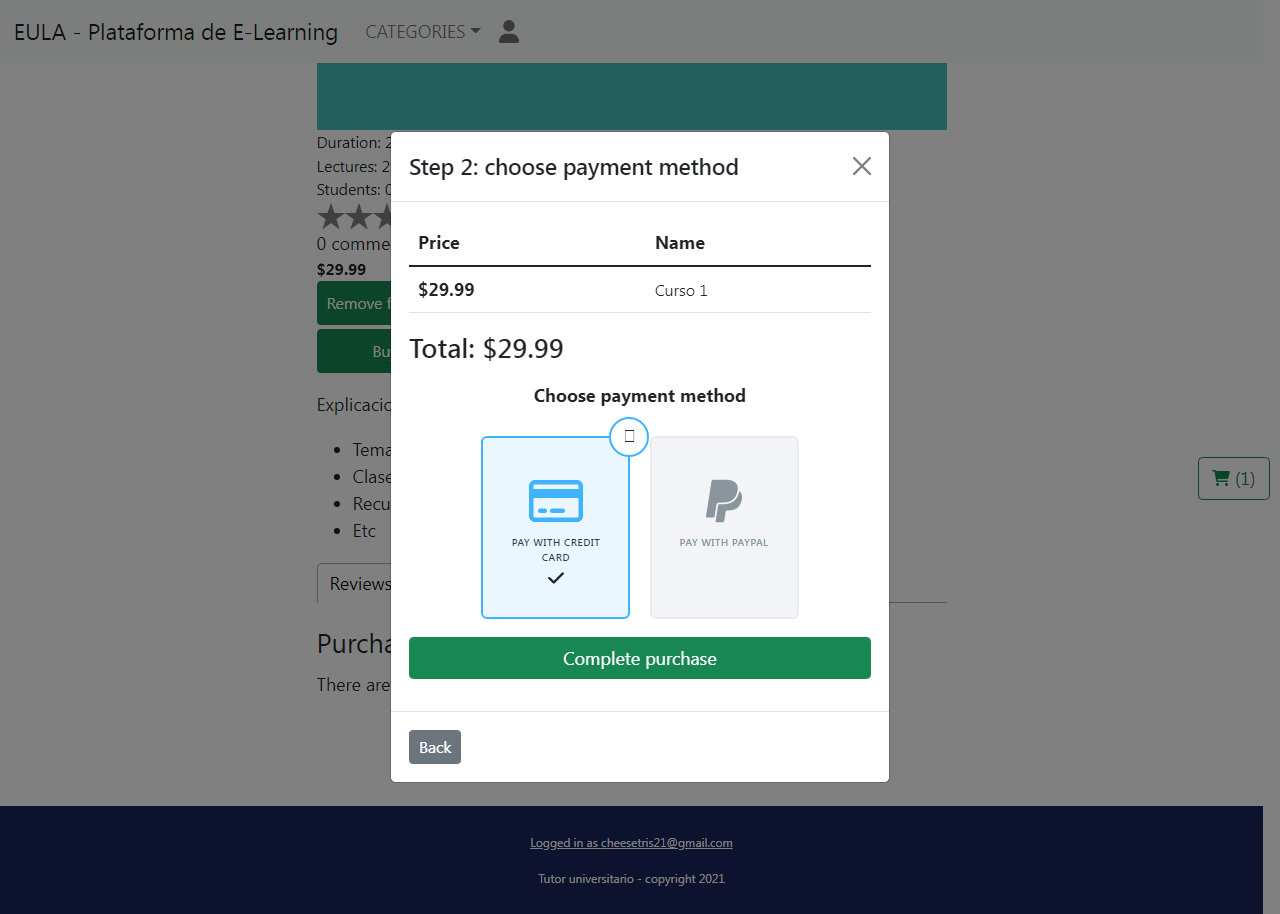
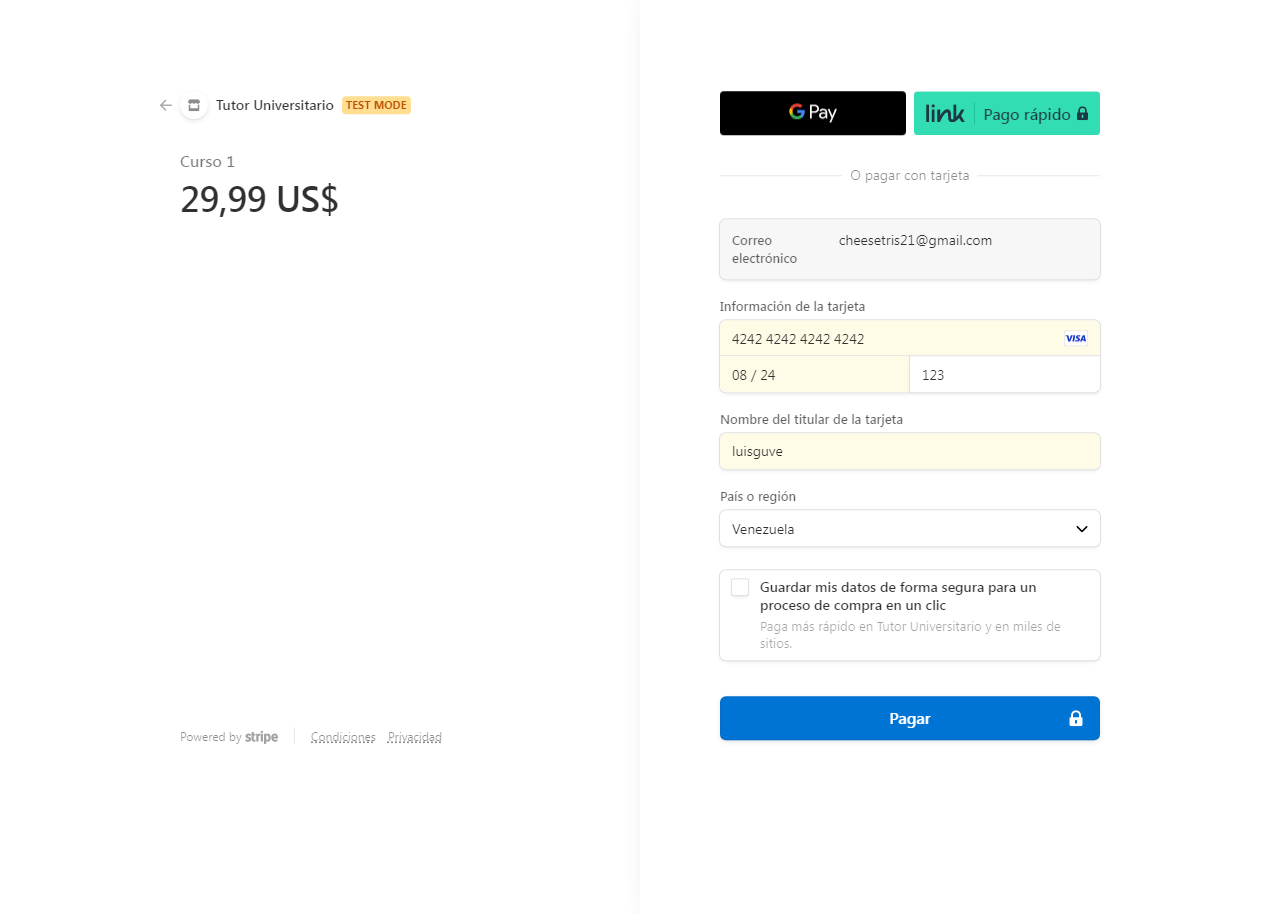
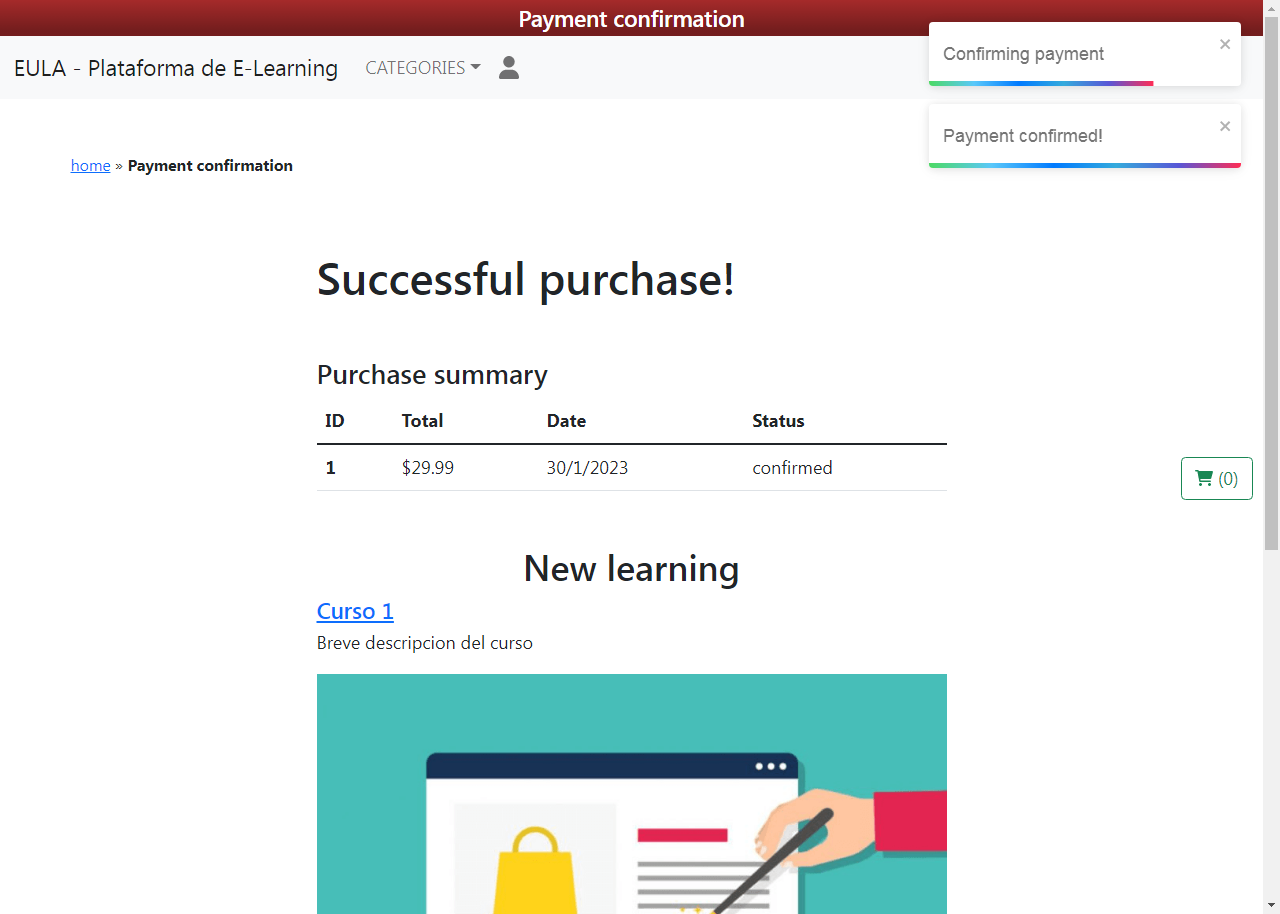
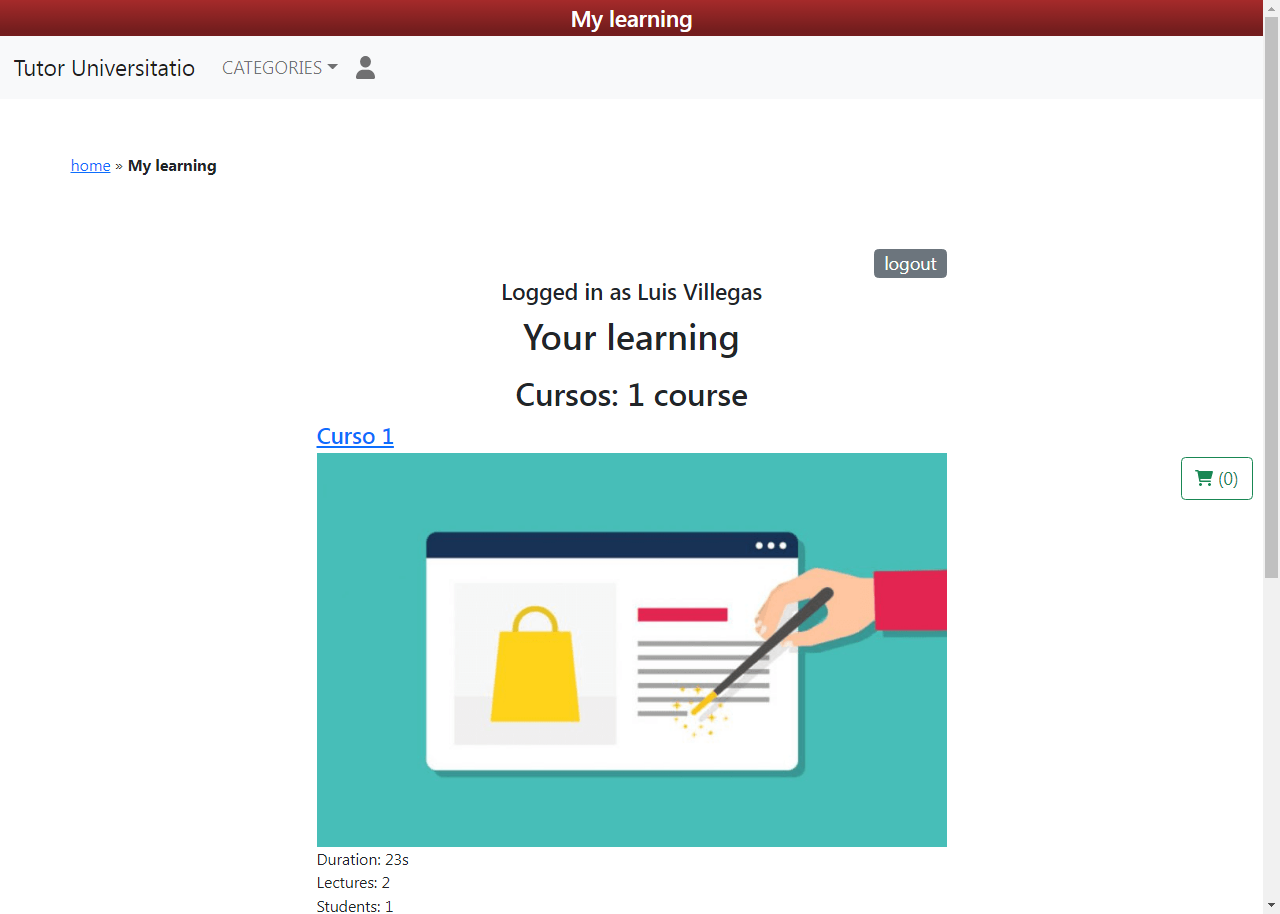
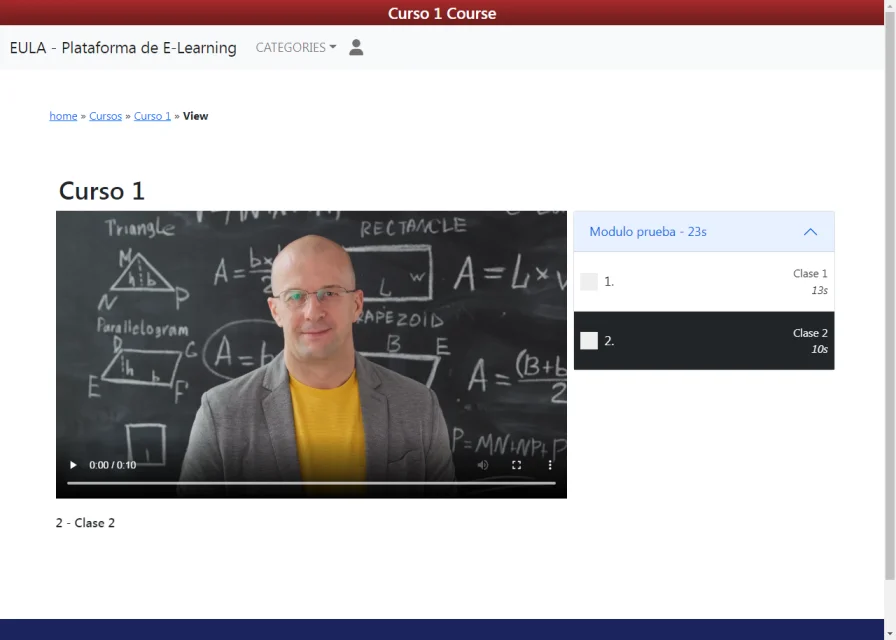
Conclusion and final thoughts
While building this project, I learned:
- How streaming on demand works and how to use a streaming provider
- How to statically build websites with NextJS and Strapi
- How to setup dynamic pages in NextJS
- How to process payments with Stripe and Paypal
- How to build custom plugins in Strapi
- How to publish packages to NPM
Project landing page:
You May Also Like
SaaS platform: Rutieri
Rutieri is a SaaS platform built with Strapi, React Native, Typescript …
How I Built A SaaS On Top Of Strapi, And Why You Should Too
In this post I’m going to share my experience on building a SaaS using …
How To Enable And Manage Comments In Your Strapi Application.
Enable comments in a Strapi application and display them in the …





